The community theater group was preparing for its performance of Thornton Wilder’s “Our Town,” at Alaska Methodist University when the Great Alaska Earthquake occurred on at 5:36 pm on March 27, 1964.
It was a mega-thrust earthquake with a magnitude of 9.2, making it the most powerful earthquake ever recorded in North America and the second most powerful earthquake ever recorded worldwide.
The quake lasted approximately four and a half minutes, causing widespread destruction. The epicenter located about 75 miles east of Anchorage, but it was felt as far away as California.
The tsunamis generated by the earthquake caused devastation, particularly in the coastal towns such as Valdez, Seward, and Kodiak. Waves as high as 100 feet were reported in some areas, and entire villages were destroyed.
People in Dutch Harbor in the Aleutian Islands, 480 miles from the epicenter, could feel the quake, and in Seattle, Washington, more than 1,200 miles to the southeast of the fault rupture, the Space Needle swayed. The earthquake caused rivers, lakes, and other waterways to slosh even as far as the coasts of Texas and Louisiana.
Water-level recording instruments in 47 states — every state but Connecticut, Delaware, and Rhode Island — registered the earthquake, according to the U.S. Geological Survey.
Land in some areas was thrust up as high as 82 feet, particularly on a line from Kodiak through Prince William Sound. Other lands sank as much as eight feet.
“It was so large that it caused the entire Earth to ring like a bell: vibrations that were among the first of their kind ever recorded by modern instruments. The Great Alaska Earthquake spawned thousands of lesser aftershocks and hundreds of damaging landslides, submarine slumps, and other ground failures,” the USGS reported.
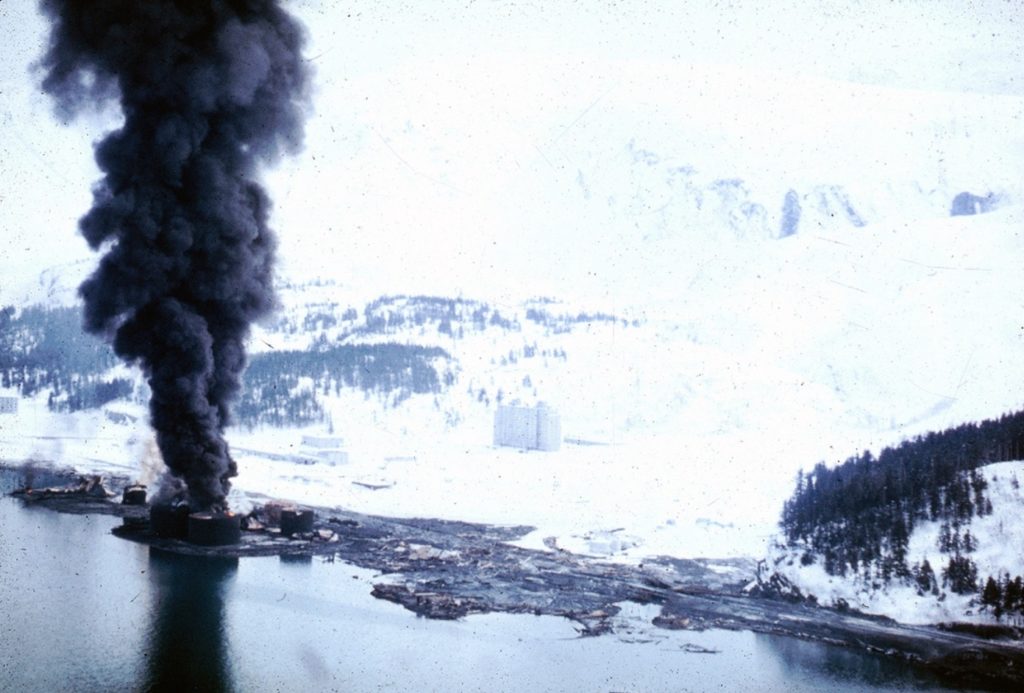
The earthquake caused 131 deaths, mostly due to the tsunamis, and many more were injured. 115 of the deaths were Alaskans. Another 40-50 Alaskans were hospitalized for care of severe injuries. Of the 115 who died, 110 of the death certificates mentioned drowning or boating-related. Seventy-five percent of those who died were men, 25% were women.
Most of those who died were working-age, between 25 to 34 years (18.2%). There were 19 deaths among children ages 0-4 (16.5%).
67% of deaths were white individuals, while 32% were Alaska Native people. One death was of an indeterminate race. The village of Chenega lost 23 people of the 83 who lived there. Two-thirds of the deaths were in the Valdez-Cordova Census Area, and Kodiak Borough had the second-highest deaths.
The damage caused by the earthquake was estimated to be around $311 million in 1964, which is equivalent to over $2.5 billion today.
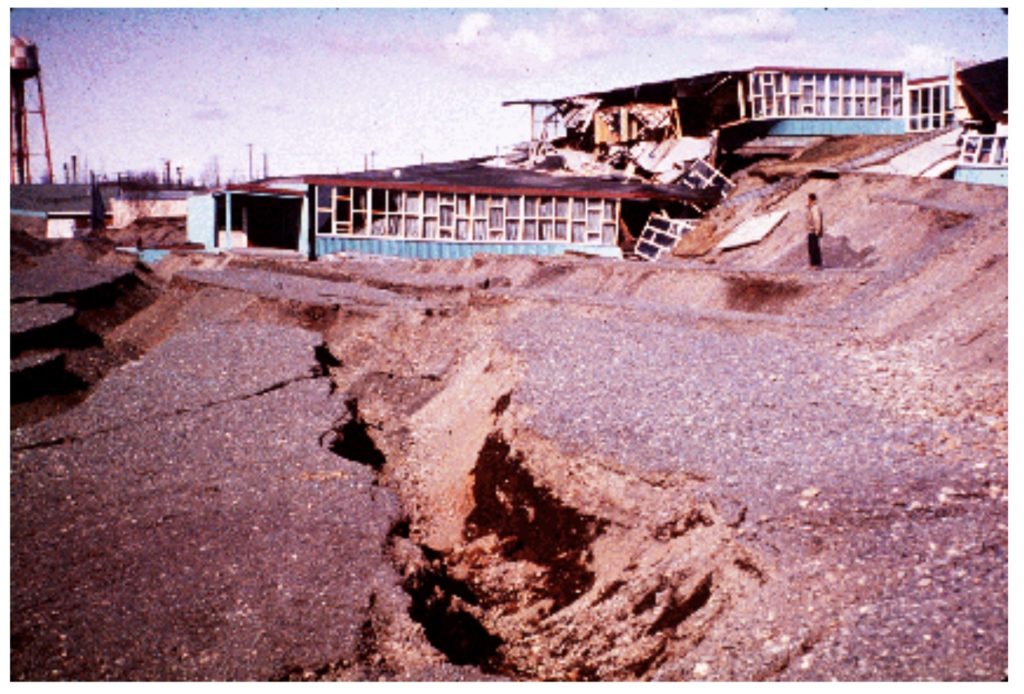
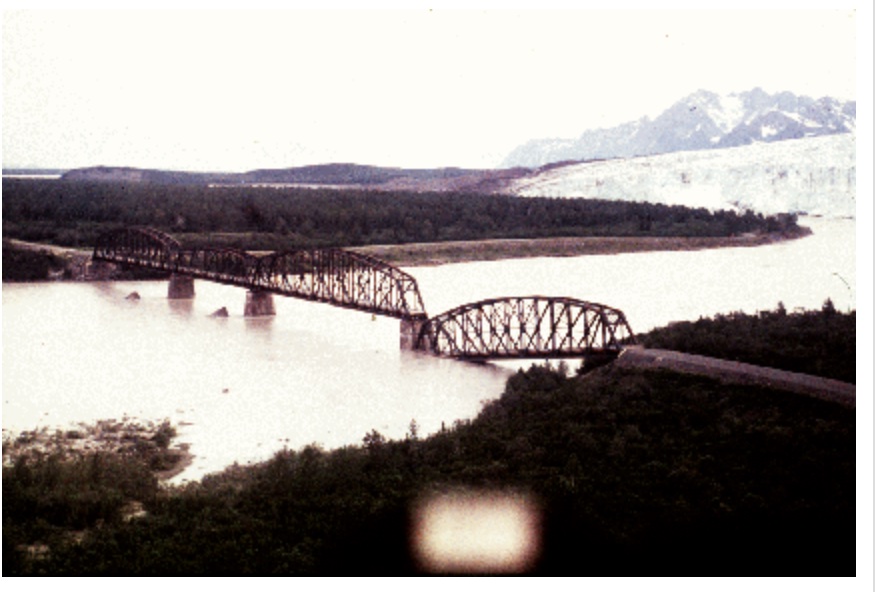
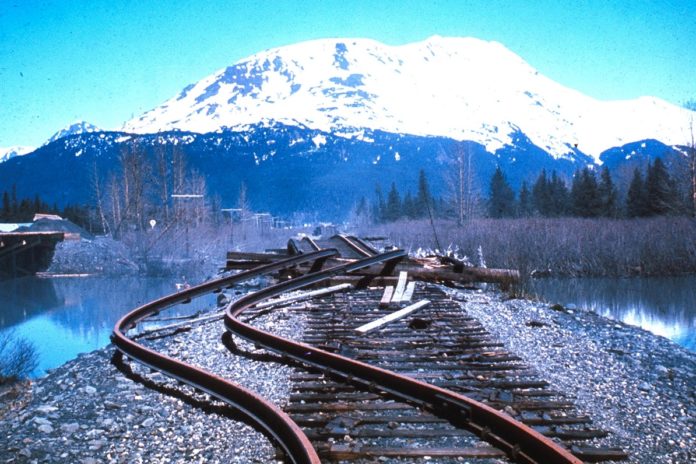
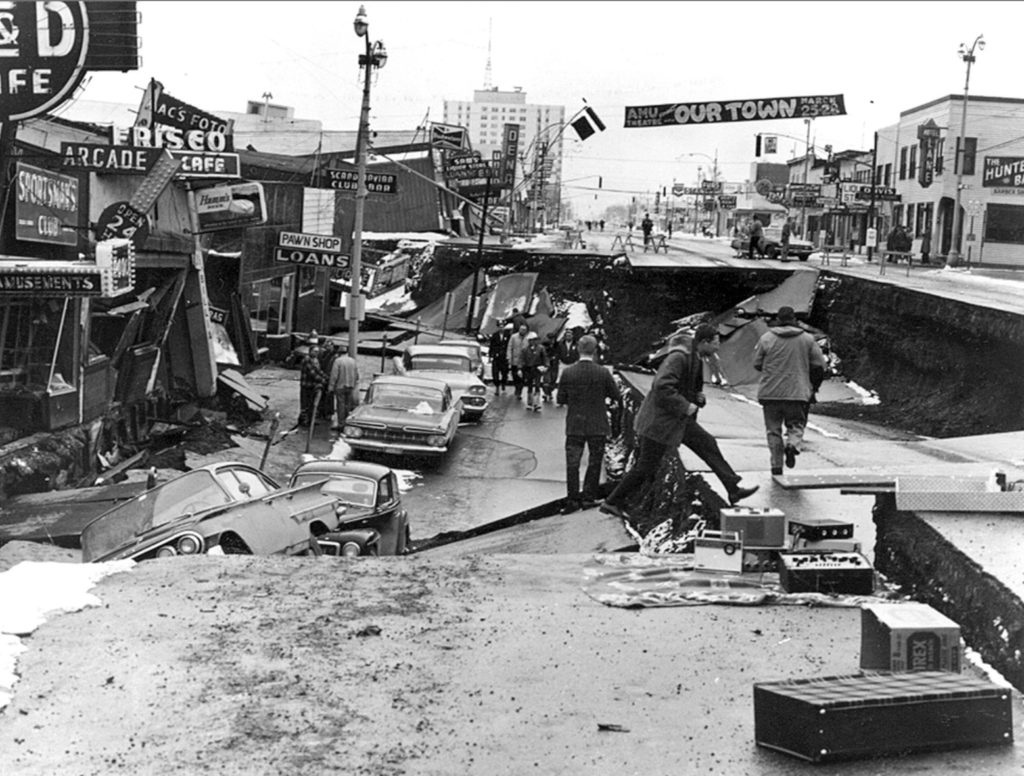
1964 earthquake destroyed every bridge on the Seward Hwy except the canyon creek bridge, Tititlik and Chenega destroyed, Valdez blown to atoms by Tidal waves.
As a four year old in Moose Pass I remember that earthquake as if it happened yesterday, elec. out 3 months, Seward storage tanks, railroad on fire, locomotive lying on its side, airport control tower knocked down killing one there, after shocks for 3 years. In Anchorage Turnagain Heights folded under, down town government hill great destruction. Tsunamis detected all the way to Antartica, killed people in California, Destroyed marine infrastructure in Washington, Oregon, British Columbia.
I came up in early ’75 and heard many chilling first hand accounts about the earthquake. Everyone who lived through it had some amazing stories and most of all, how we all pulled together to put things, and people, back together.
Still recall the earthquake, I was 12 years old and we lived in Spenard. It seem to go on for ever!
We worked all day Friday at finishing up odds and ends at the Travelodge which was going to have a ‘soft’ opening Easter weekend….Almost everyone had a drink after work to the event and I was on the way home in Turnagain and had pulled into the drive in bank at the corner of Spenard road and Northern lights when the quake hit so was sitting in my car waiting my turn to the drive up window. at first I thought someone had bumped into me as the car thrashed around I watched the overhead lines wipping around and then realized it was something else going on as I watched the Blains paint store block builiing get checker boarded and once over I drove quickly on to Northern lights and headed home to see if wife and kids were safer and hit the first cracks in the roadway before I reached the Turnagain Methodist Church and when I turned on Knik to get to clay Products drive saw the trees in the road way where the bluff used to be…When I pulled up to the house I just parked in the yard and saw to it the family was OK and as we had fire places on both levels of the house quickly built a small fire to check to see if the stack flue was ok and both seemed to be fine and as we had at least a cord of wood then built a fire in both fire places…then walked down to the edge where the turnagain bluff once was to see what I could do to help anyone that might be traped in those homes that lay as broken doll houses at dark I returned home no coat as I have given it to some lady needing it as she made her way up the sliding sand to the street level above…..I loaded the wife and kids into the car along with what left overs we had and other snacks and spent the first night away from Turnagain at the Woodland park school along with several other cars …and the next day Austin Joy ( to door down the street) and his wife moved in with us and the family across the street ( who was a plumber) as well. Austin worked for the gas company and we set about doing what modification were needed to convert my home boiler to run on Propane and I don’t know how Austin did it by two days later we had a Propane tank at the house and it hooked up to the boiler and heat back in the house with the aid of a small generator to run its pump…Everyone did something to make it all work…
Charlie, thanks for the story above. We also lived in Turnagain, on Lord Baranof drive.
My Father was a partner in Arrow Lumber on Fireweed, he had just completed building a new warehouse with a new Lumber Truck parked inside the warehouse. In front of the Warehouse he erected a sign that read, ” build it right with quality products from Arrow Lumber”.
Well, after the Quake, the Warehouse was completely destroyed, the new truck smashed beneath the debris, but the sign proclaiming the quality products remained!
Kodiak Island sunk 6 feet during the Quake, ( I understand that it since has been slowly rising), many Salmon Streams were severely degraded, buildings toppled and I still remember that huge pile of debris stacked up along third Ave just past the Old Westward Hotel. All this destruction happened in 5 minutes.
Somehow the dire warnings about severe climate change resulting from an anthropogenic source just loses its luster…?
BTW, so few comments following this story? What gives? One would think that there would be many? Huh.
Yes, I too thought there would be more comments. There are still many of us around though. In Seward, Showcase lounge threw a big feed, party for the anniversary. 😉
Well, it’s been 59 years since that day; perhaps there aren’t too many of us left reading this who remember it clearly. I was a student at then Alaska Methodist University, now APU, and I’ll never forget it. Several us who rode it out drove downtown and then out to Turnagain just after the shaking stopped and tried to help get people up out of sunken homes and businesses. But we were just girls then and had no ropes or tools. It was a horrible mess everywhere and the collapsed building on the site of the old Providence hospital was terrifying. I will never be comfortable in a tall building and yep, climate change just isn’t that scary!
I liked yours and the other comments.
I will never live in a house in Alaska without a wood stove and a good food supply for we all know that we may have to endure another big earthquake 😉
One of my earliest memories was my dad taking me down to the ruins of Turnagain. There was even a wrecked helicopter down there.